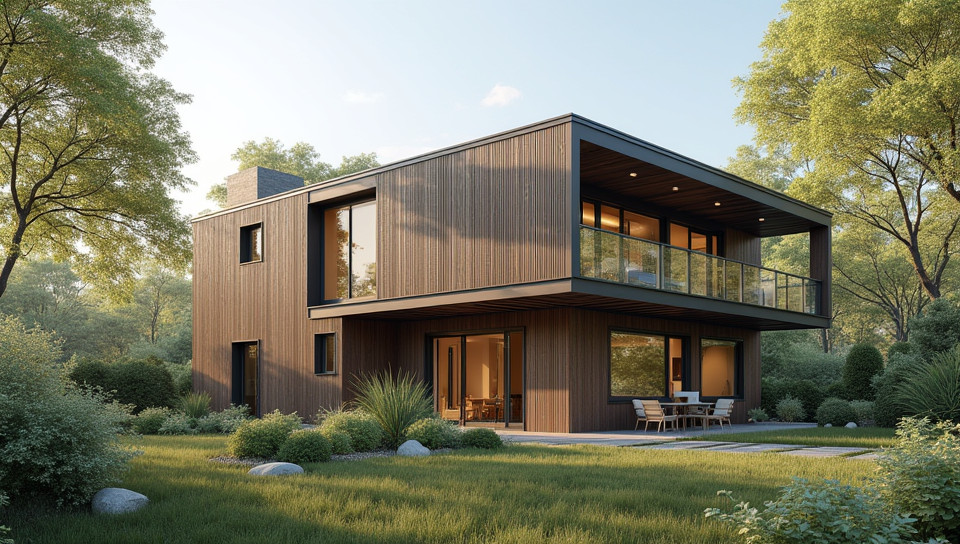Natural ventilation reduces heating and cooling needs 81%

Natural Ventilation: The Secret to Reducing Heating and Cooling Needs
As we continue to grapple with the challenges of climate change, reducing our energy consumption has become an increasingly important goal. One often-overlooked solution is natural ventilation – a simple yet effective technique for minimizing heating and cooling needs in buildings.
What is Natural Ventilation?
Natural ventilation refers to the process of using wind, temperature differences, and other environmental factors to ventilate a building without relying on mechanical systems like air conditioning or fans. By harnessing these natural forces, we can create healthier, more comfortable indoor environments while reducing our energy consumption.
The Benefits of Natural Ventilation
- Improved air quality
- Reduced energy costs
- Increased occupant comfort
- Lower maintenance needs for HVAC systems
- Enhanced building durability and longevity
How Does it Work?
Natural ventilation relies on a combination of factors to achieve its goals. These include:
- Wind direction and speed
- Temperature differences between indoors and outdoors
- Humidity levels
- Building design and orientation
By carefully designing buildings with these factors in mind, architects and engineers can create structures that take advantage of natural ventilation to minimize the need for heating and cooling.
Examples of Successful Natural Ventilation Strategies
From passive houses to green roofs, there are many examples of successful natural ventilation strategies around the world. For instance:
- The Solar Ark in Japan uses a unique shape and orientation to harness solar energy and natural ventilation.
- The Bullitt Center in Seattle features a large overhang that shades the building from direct sunlight while allowing for natural ventilation.
Conclusion
Natural ventilation is a powerful tool for reducing heating and cooling needs, and it's an approach that's worth exploring further. By harnessing the power of wind, temperature differences, and other environmental factors, we can create healthier, more sustainable buildings that benefit both people and the planet.
- Created by: Rei Saitō
- Created at: Dec. 19, 2024, 11:13 a.m.
- ID: 16767




